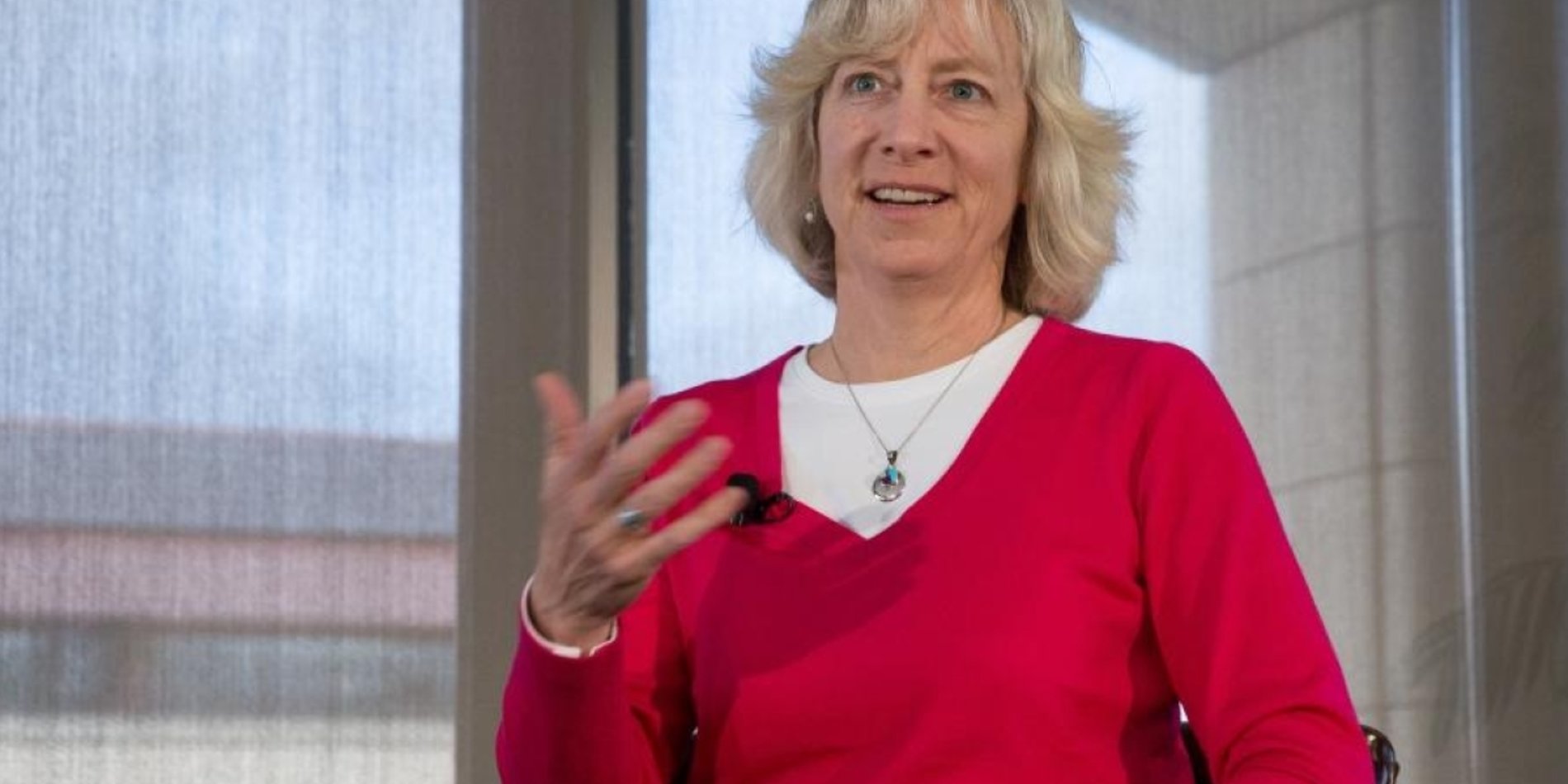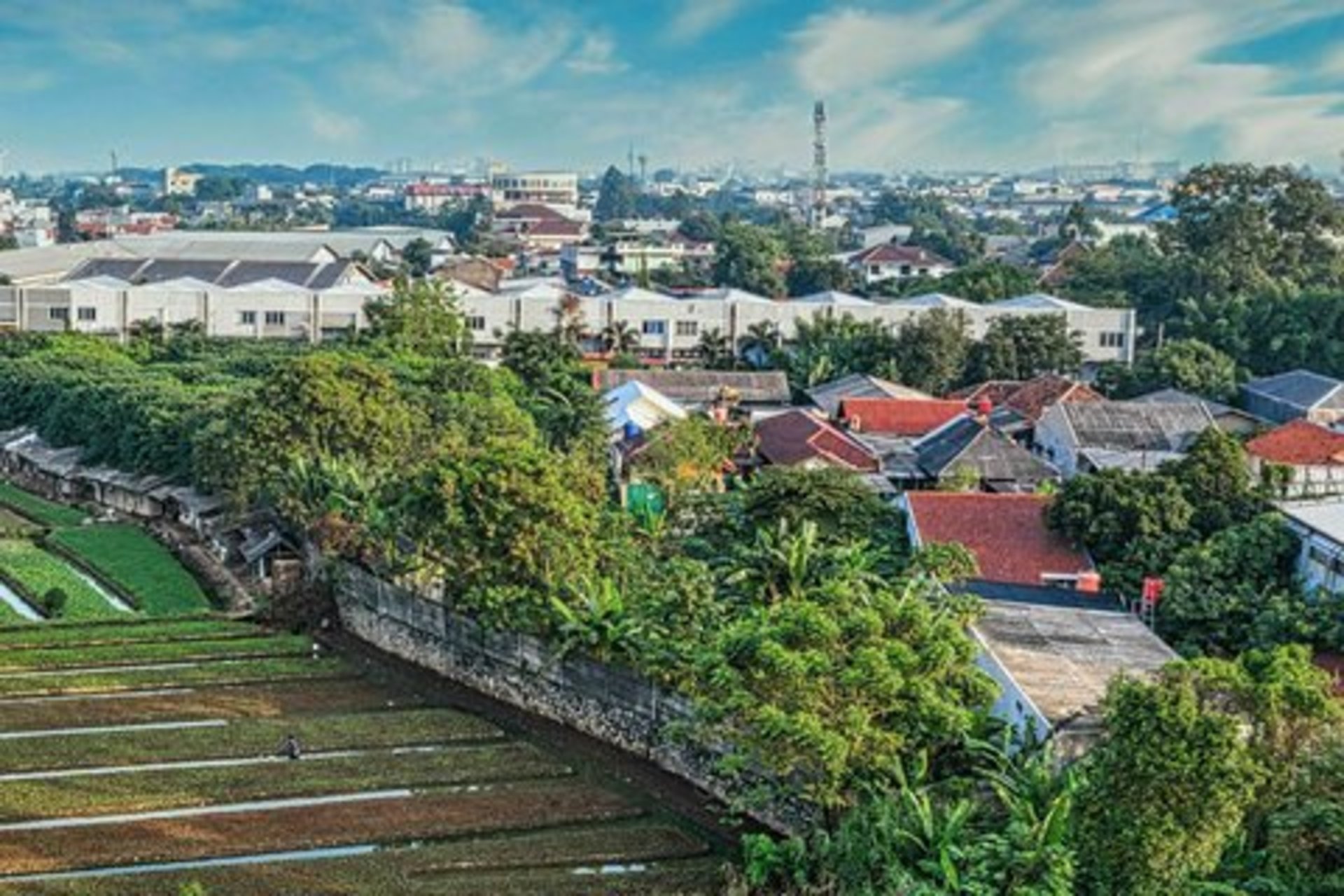Q | Jim Leape: A little bit of backstory on natural capital – what were the insights that led you to this concept and this way of thinking about things?
A | Gretchen Daily: A lot started with me growing up in West Germany. It was incredible when I was in high school in the seventies and eighties to hear about this forest die-back that was happening across Germany. Back then a lot had to do with corporate values taking over the planet in the most negative way, and also a lot of reflection on how things were evolving in the environmental movement, the women’s movement. There were a lot of things tied together, but acid rain was a trigger. Seeing the forest die back so visibly in a place where the attachments to forests culturally are so tight. Most of our neighbors went out on these weekend walks that are very organized in Germany. Scrolling ahead to my Stanford days, many people here – Hal Mooney, Steve Schneider, Ken Arrow, Partha Dasgupta and others – worked on natural capital and sustainability ideas. Having evening discussions, with a glass of wine, these leaders set out a lot of the foundational ideas that we can think of ecosystems as a type of capital asset just as we have other assets, such as physical and human assets.
Q | JL: How did that turn into a concept that was so powerful for you?
A | GD: A lot of the inspiration came from seeing the impacts of acid rain and asking ‘How do you drive change?’ I linked up with people really interested in that. The conservation / NGO world was undergoing a lot of change, just recognizing we weren’t going to save the planet by fencing off little areas of our life support systems, and saying ‘Ok, go for it and hope you can support human numbers and aspiration.’ I discovered in my work that there was tremendous capacity to support biodiversity and ecosystems that function in many different ways, not only agricultural output, but climate stability, flood control, water quality for drinking or hydropower supply or just inputs to farming such as pollination. There were also real-world cases that were really inspiring, and I’d say set the course for developing these new approaches to thinking about the harmony between people and nature, the green growth we’re all reaching for of improving the environment and economic dimensions of human wellbeing.
Q | JL: What are you finding actually inspires countries to take this on and take a natural capital approach?
A | GD: I’m afraid I’d say it’s mainly crisis. Crisis is the mother of opportunity. In most places where we work, there is a sense of crisis. I’ll take China as an example. It’s hit extremes in air quality, poverty and many other dimensions. The leadership is worried about an existential threat to Chinese civilization of the country breaking apart with the very rapid rise in wealth in a few sectors of society, and still masses of people steeped in poverty. So, this work is framed as a national security issue, not as an environmental or human development issue. That’s reflected now in their deep commitment to transforming the whole economy to one of green growth. Restoration of ecosystems is one key pathway to securing human wellbeing, securing the environment, the civilization and the communist party.
Explore More
-
Gabrielle Wong-Parodi and Jim Leape are leading an initiative to launch the planned Sustainable Societies Institute by the end of 2024.
-
Stanford economist Paul Milgrom won a Nobel Prize in part for his role in enabling today’s mobile world. Now he’s tackling a different 21st century challenge: water scarcity.




